Case 10
- The Depression and Unemployment
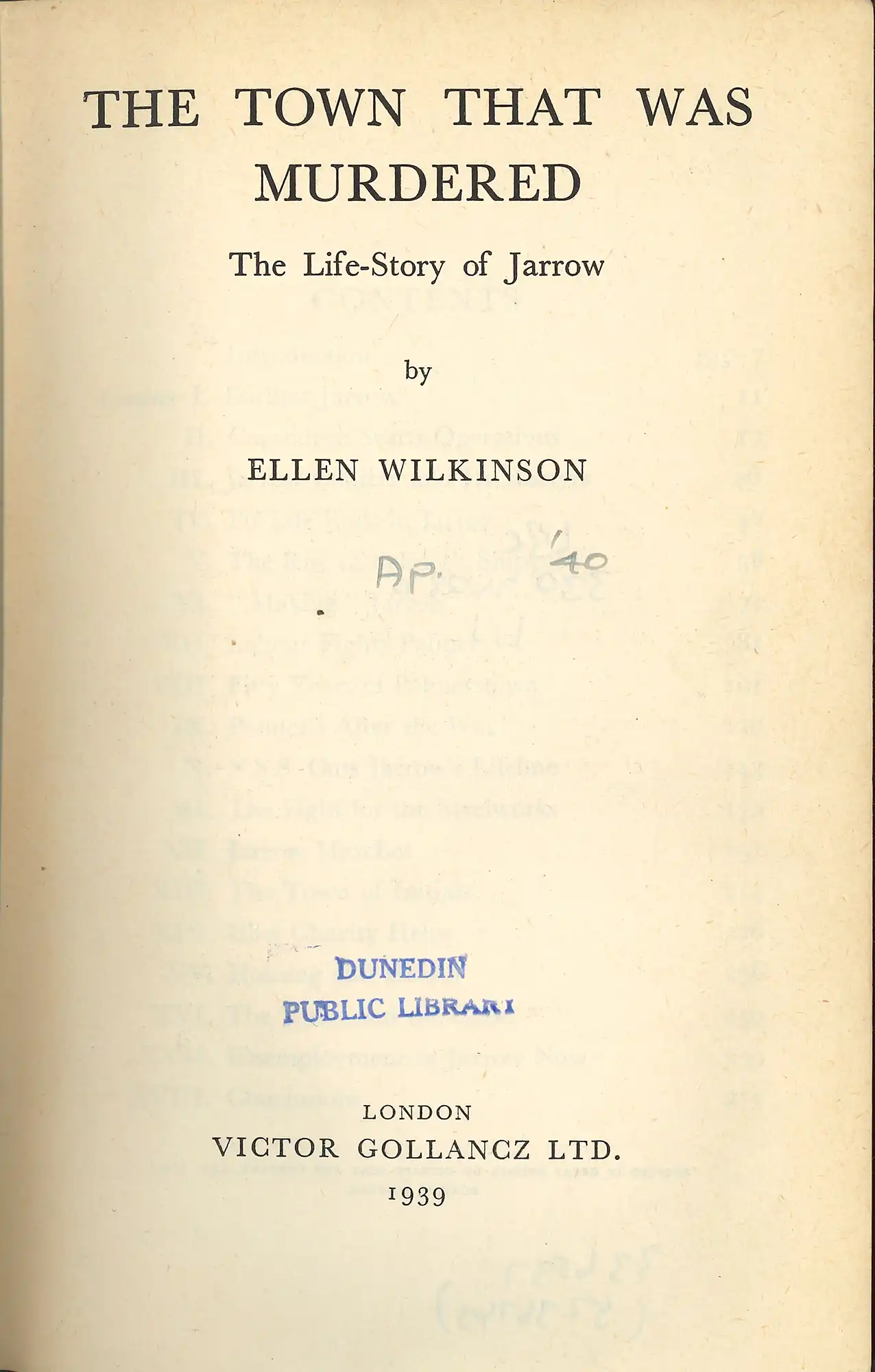
Ellen Wilkinson, The Town that was Murdered: The Life Story of Jarrow. (1939). LBC 330.942875 WIL
The Tyneside town of Jarrow was plunged into poverty and desperation when Palmer’s shipyard, the town’s principal employer, was closed in 1934, throwing almost the entire adult male population out of work. The closure was part of a rationalisation programme in which one third of British shipbuilding industry was bought up and scrapped to reduce overcapacity, without any concern for the thousands of skilled workers who were thrown on the scrapheap. In October 1936 Jarrow MP Ellen Wilkinson (1891-1947), known as ‘Red Ellen’ for her socialist politics and red hair, led a march of the town’s unemployed workmen to London to petition Parliament. The Jarrow Crusade has since become synonymous with the struggle of the unemployed during the Great Depression. A foundation member of the Communist Party of Great Britain in 1921, Wilkinson went on to become Minister of Education in the 1945 Labour Government. She wrote her account of Jarrow in 1939 as World War II was breaking out, leading to the state direction of industry and the revival of Britain’s industrial areas.

Ellen Wilkinson, The Town that was Murdered: The Life Story of Jarrow. (1939). LBC 330.942875 WIL
Open image in new window
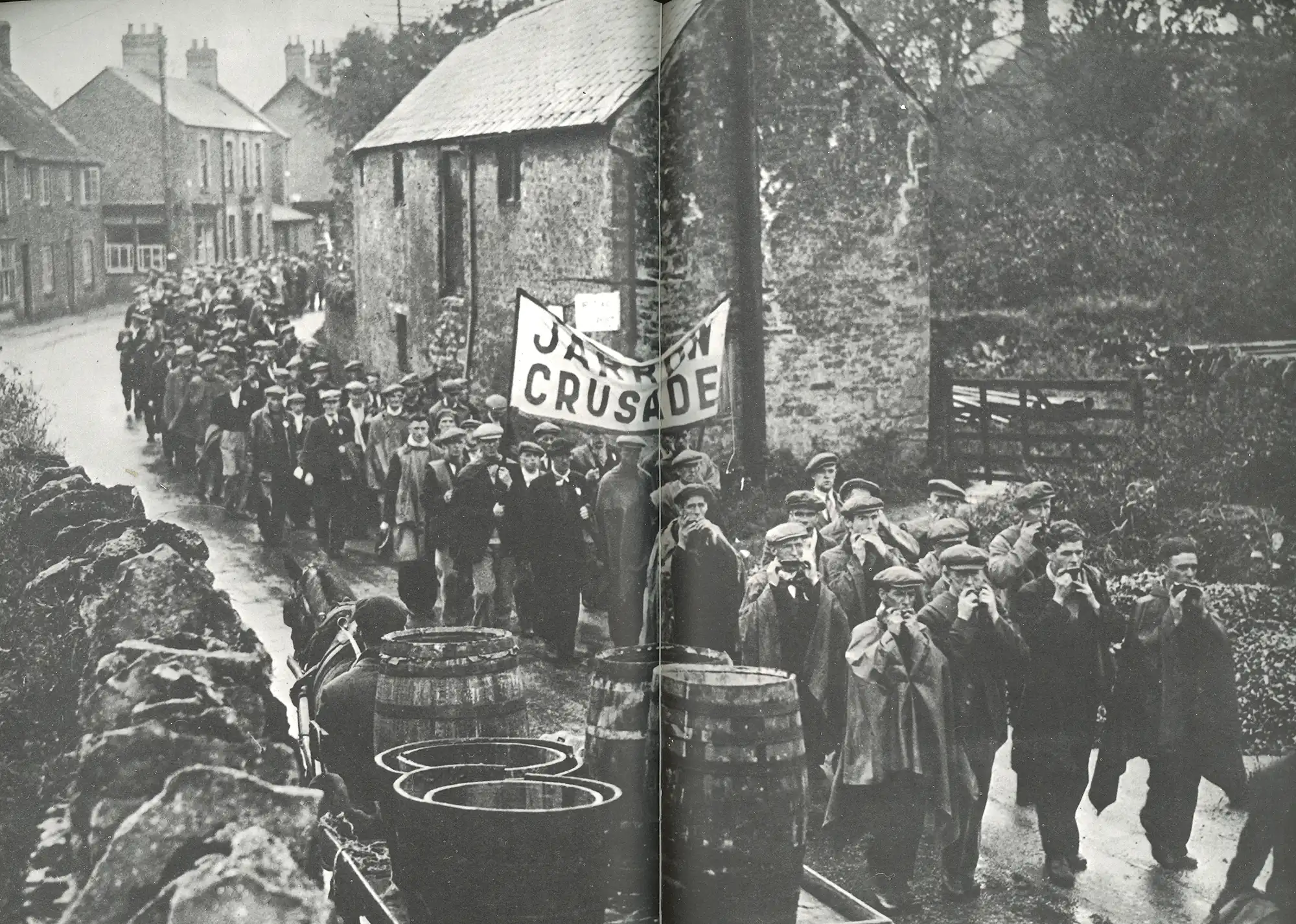
TUC General Council, The history of the T.U.C. 1868-1968: a pictorial survey of a social revolution. London, 1968. Private Collection

TUC General Council, The history of the T.U.C. 1868-1968: a pictorial survey of a social revolution. London, 1968. Private Collection
Open image in new window
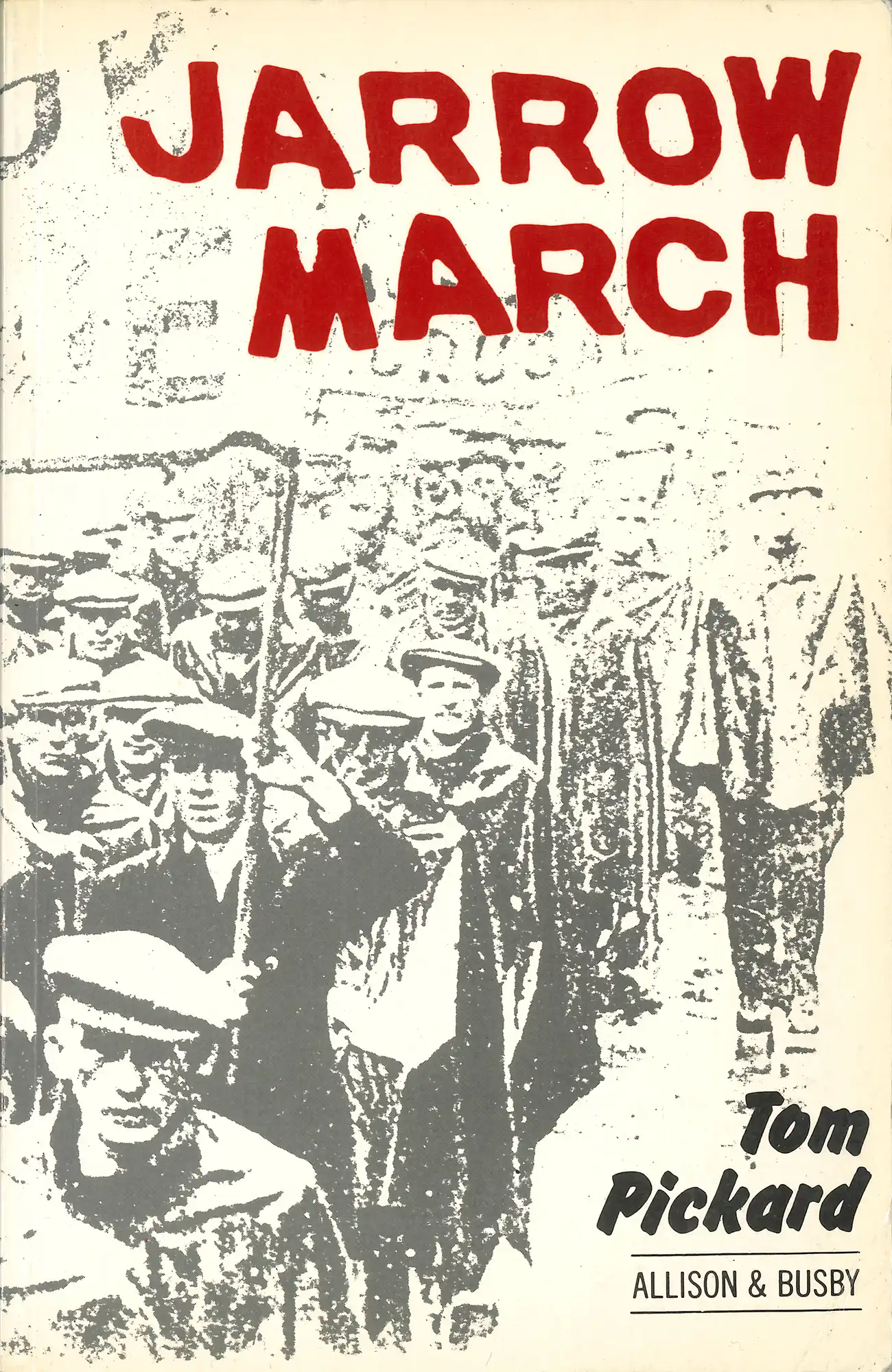
Tom Pickard, Jarrow March. London: Allison & Busby, 1982. Private Collection
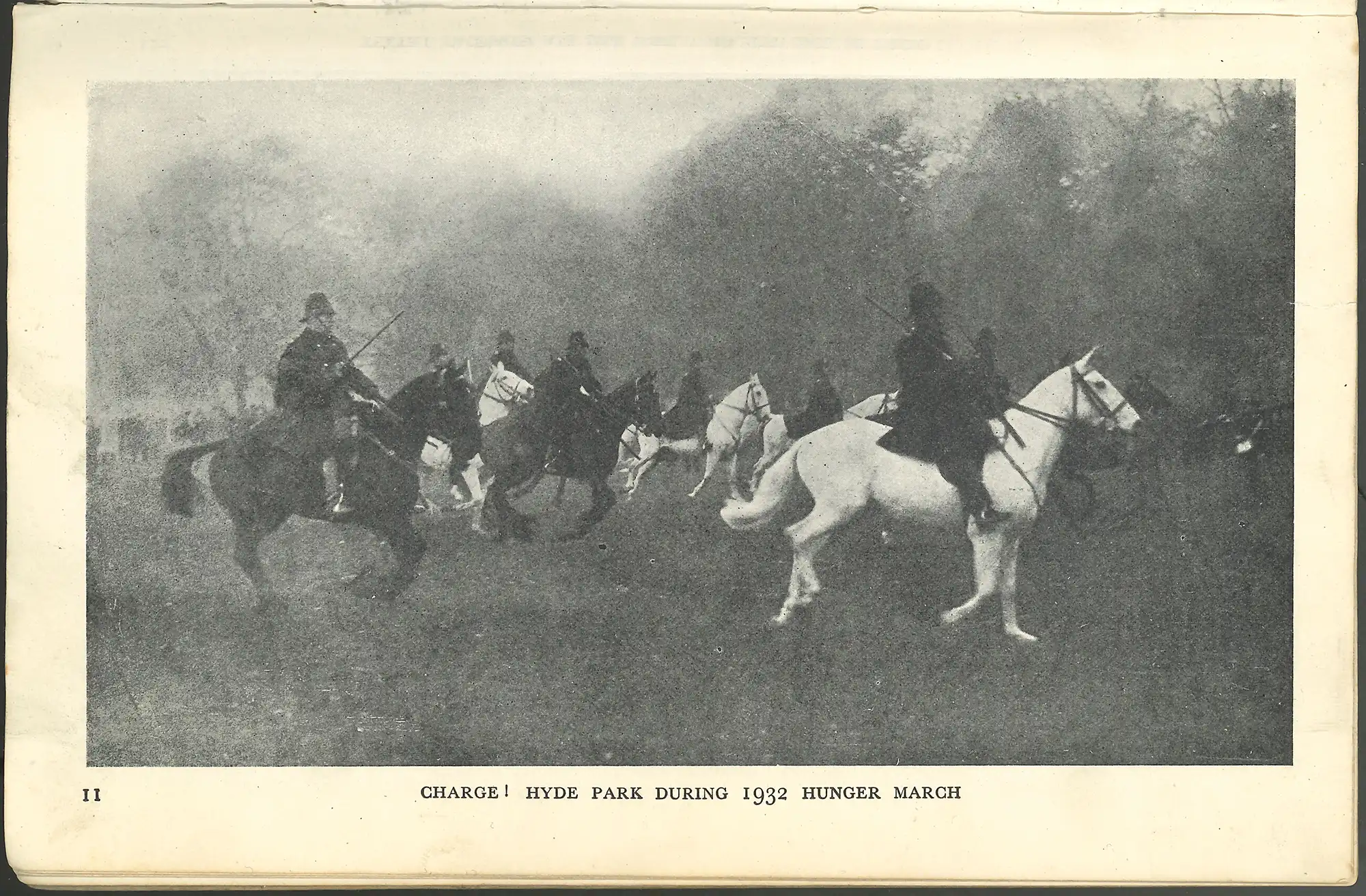
Wal Hannington, The Problem of the Distressed Areas. (1937). LBC 331.137941 HAN
British unemployment peaked in 1932 at around 3 million, or over 20% of the workforce. Militant resistance was organised by the National Unemployed Workers Movement (NUWM) which was led by prominent Communist Party members. Wal Hannington (1896-1966) was the national organiser for the NUWM since its foundation in 1921. He wrote three books about unemployment for the LBC, The Problem of the Distressed Areas being the first. It focusses on the so-called ‘Distressed Areas’ - the industrial heartlands of South Wales, Cumberland, Durham, Northumberland, and the West of Scotland – each of which suffered from massive unemployment and extreme poverty. Hannington criticised Government policies such as the means test and Government ‘training’ camps, which he labelled ‘slave camps’. He led several ‘hunger marches’ to London and was imprisoned following the 1932 march which ended in the riot in Hyde Park depicted here.
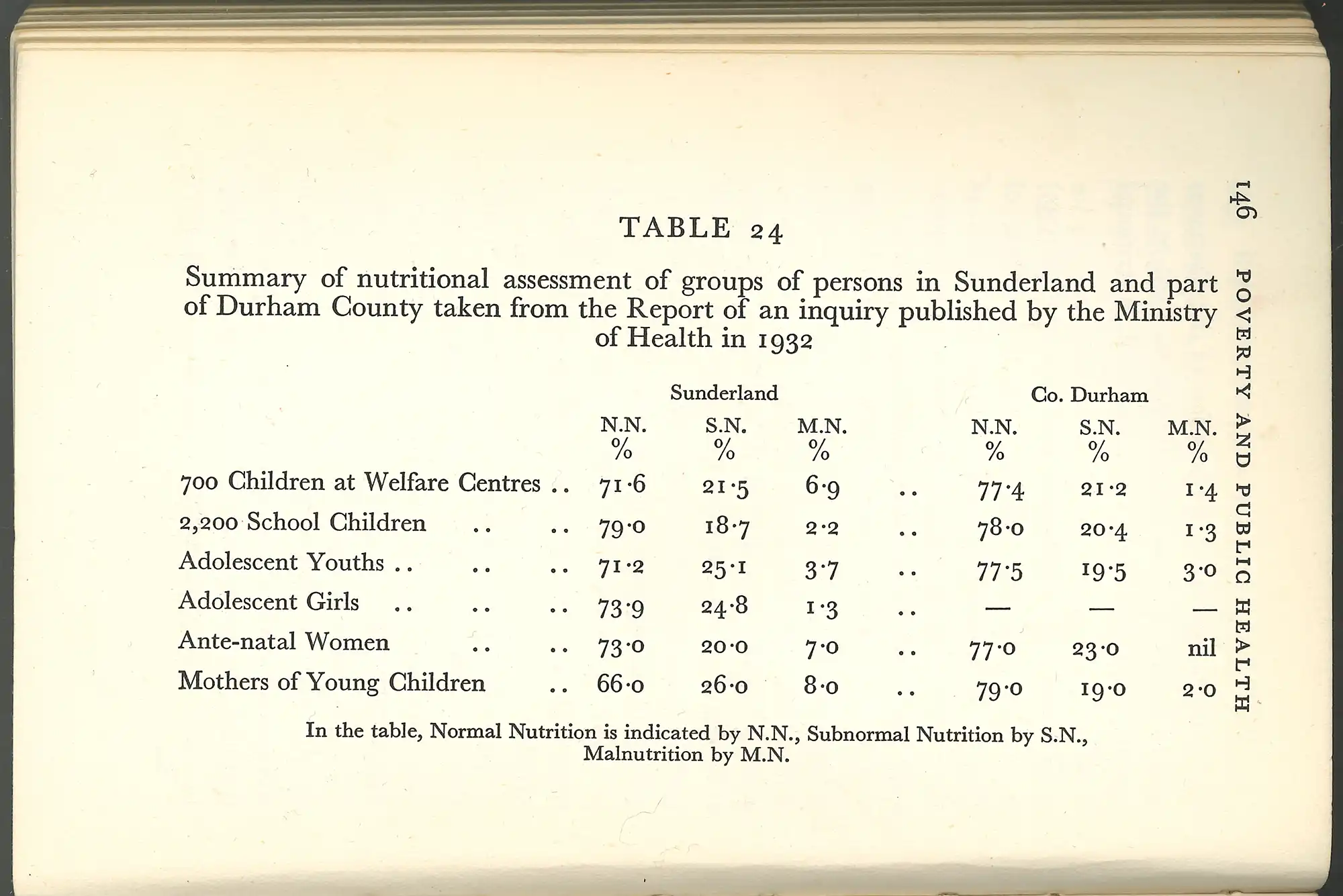
G.C.M. M’Gonigle and J. Kirby, Poverty and Public Health. (1936). LBC 614.0942 MAC
M’Gonigle and Kirby’s Poverty and Public Health was the first in the series of ‘Additional books’ issued by the Club in August 1936. These were announced in the Left News in the month before publication and could be ordered by members as an optional extra to the regular monthly ‘choice’. George M’Gonigle was Medical Officer of Health for Stockton-on-Tees, known locally as the ‘Housewives’ Champion’ for his public health advocacy. Along with John Kirby he investigated the relationship between household income, health, and life expectancy, in this ground-breaking study that provided clear empirical evidence of a strong correlation between low wages and a high death rate. Their work helped counter prevailing narratives on the fecklessness and ignorance of the poor.
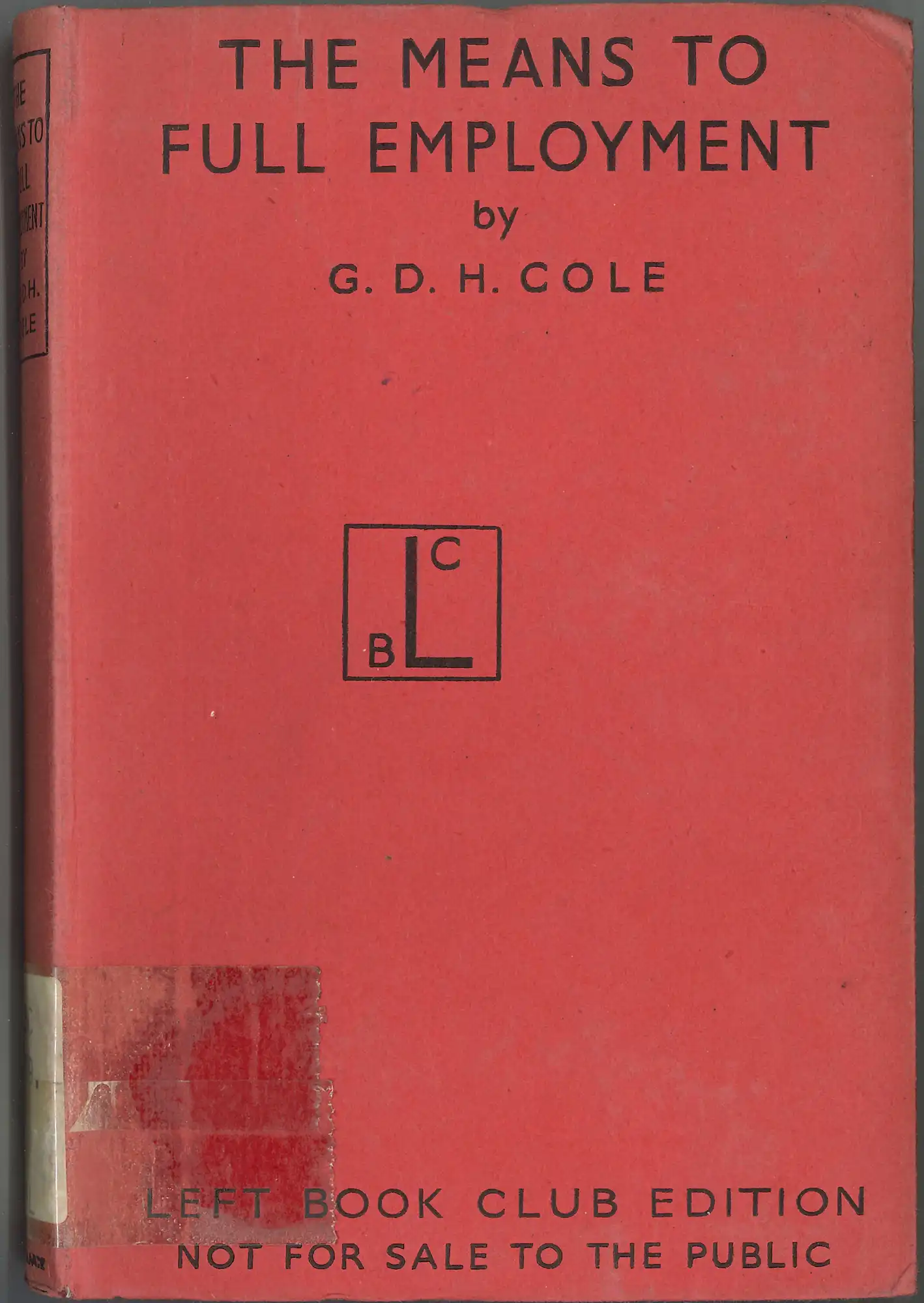
G. D. H. Cole, The means to full employment. (1943). LBC 339.5 COL
As World War II progressed the labour movement’s thoughts increasingly turned to how they could shape society towards progressive and egalitarian ends in the war’s aftermath. The Government-commissioned Beveridge Report, released in November 1942, recommending a universal social welfare system to conquer the five giants of ‘Want, Disease, Squalor, Ignorance and Idleness’, was met with almost universal public approval. The Report was a bestseller. The British population did not want to return to the dark days of the 1930s. In his book, George Douglas Howard Cole (1889-1959) discusses the inevitability of unemployment under capitalism and how society can be organised to secure full employment. While Keynesian economic policies were an improvement over laissez-faire capitalism, only socialism would guarantee a system of rational production for public use where resources and human lives would not be squandered.





